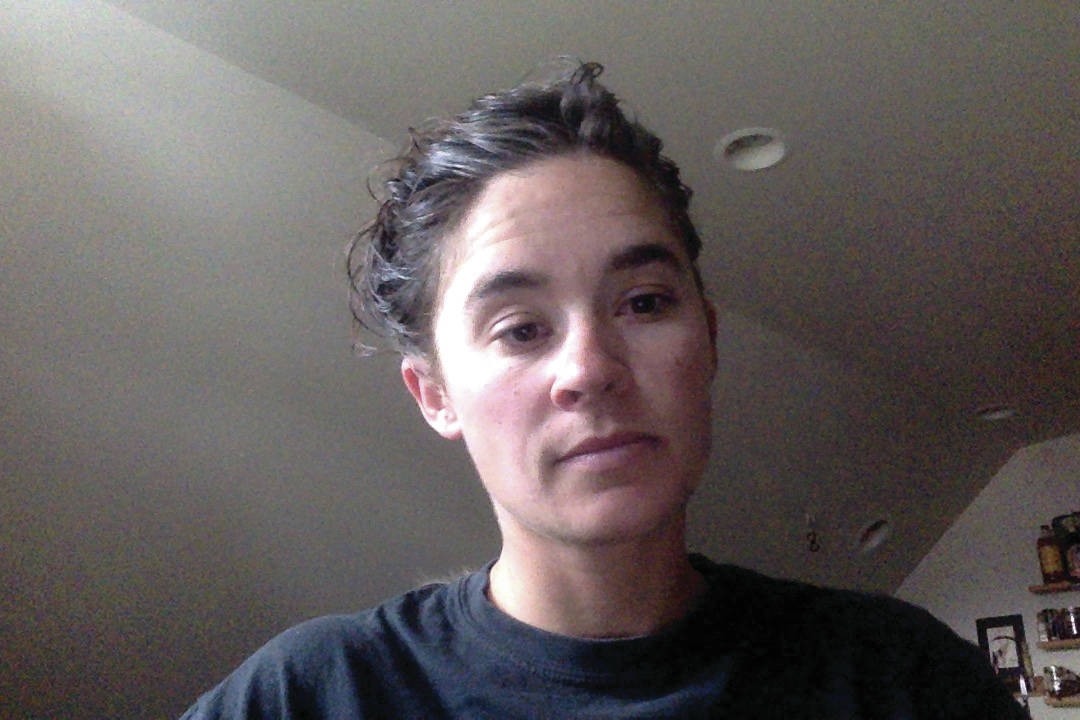A recent petition to remove or “vacate” a section line easement near Dorothy Drive and East Skyline Drive has caused an outsized and at times vicious stir about private property and public access rights. I have lived near this section line for about five years and know some of the petitioners and opponents, and people I care about have been threatened in this dispute.
I’m writing this because it seems like a lot of people don’t know what a section line easement is. I certainly didn’t until I saw the petition to vacate it and started looking into it. I’ve been spending more time than I might like trying to find out what the heck it is and what it takes to close one. I’ve also been wondering if I’ll be able to walk and ski around Homer in 10 to 15 years, or if we’ll lose that, because too many property owners choose to close off access to trails that people have been using for a long time.
Here’s some of what I’ve found: A section line easement is a public access right that may go across private land. Section lines are a grid of surveying lines every mile that go all over Alaska; and section line easements are all over the Lower 48 and most of Europe. Alaska’s section lines are visible on the Kenai Peninsula Borough’s online parcel viewer. Public easements along the section lines are for the use and benefit of the public for commerce, recreation, transportation, or providing access to a traditional outdoor activity, a lot like a road (AS 38.04.055). It is not legal for the owners of the land underlying a pubic easement to block access. Neither is it legal for the public using the section line easement to trespass or harvest anything on the private land underlying an easement.
The Alaska Department of Natural Resources took over managing all public access easements in Alaska in the early 2000s, and in response to comments at that time, gave a pretty good response to some common misconceptions: “Access easements have a very long and well-established history in Western law… A landowner who buys property subject to a public access easement cannot legally control or prevent public access, just as a landowner who buys property with the mineral rights reserved cannot control or prevent mineral development.”
According to DNR staff, vacating a section line access easement like the one on Dorothy Drive is generally rare, and you have to show that the vacation is in the state’s interest — for example, the easement is a threat to public safety (AS 38.04.058), and then also provide equal or better alternative access (11 AAC 51.065).
The fact of the matter is though, people generally don’t use section line easements that much, because they are a grid that disregards geography and can be pretty tough to use a lot of the time. The Dorothy Drive controversy has highlighted for me the fact that there are so many trails around Homer that have been used for a long time but have no public access easements on them, and I think there is the need for a local organization like the Fairbanks Interior Alaska Trails and Parks Foundation to legally establish old and popular trails around here. To keep trails protected for the future, we need to create prescriptive easements for our traditional trails. But that’s another subject.
Penelope Haas has worked in commercial fisheries for the past 10 years, both as a salmon fisherman and as a technician for the Alaska Department of Fish and Game.
During the rest of the year, she works as an environmental consultant in Homer.


